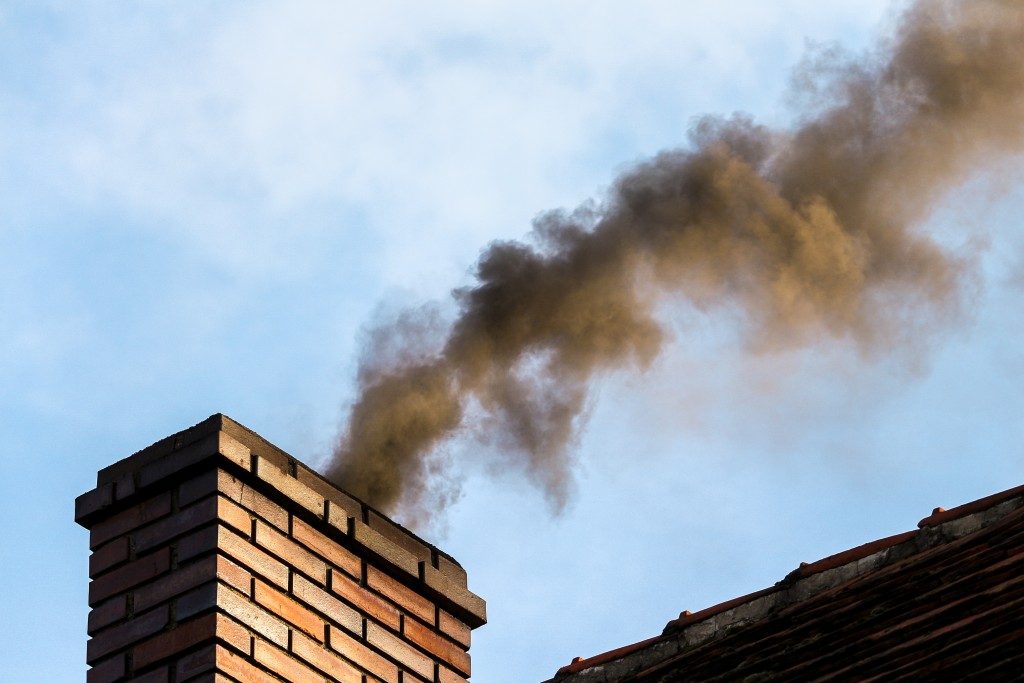Air pollution — most notably particulates in the air — is a growing threat in Salt Lake City, as well as the more rural parts of Utah. People are getting sick, and children have been barred from playing outdoors.
Topography and Inversion
Utah’s particulate problems stem from Salt Lake Valley’s topography. With very little wind, fresh air is trapped underneath a layer of warm air, creating air inversion. The layer of warm air creates a barrier that traps pollutants within the cold air. Inversions typically occur during winter, especially after heavy snowfall. Snow or frozen rain lowers the temperature in the valley surface while clear skies will warm the air above.

Particulate Problems
Stoves, fireplaces, vehicles, and coal power plants release smoke into the air. This smoke contains tiny particles of soot, unburned hydrocarbons, nitrogen oxides, sulfur dioxides, and other air pollutants. These pollutants contribute to the presence of ground-level ozone (smog), which can irritate or even damage the respiratory system. Particulates can also enter your lungs and settle in your lungs’ air sacs, leading to asthma or lung irritation. Some particulates can even dissolve and enter your bloodstream, blocking passageways and potentially causing heart attacks. Children are more vulnerable to particulates as their lungs are less developed, and because children tend to breath faster.
Government Initiatives
Utah is spending millions to address its particulate and air pollution problems. Last March, the state legislature allocated $29 million in funding for various initiatives to address air pollution. The state has an ongoing exchange program that offers rebates of up to 3,800. Residents are encouraged to turn in their traditional wooden stoves in exchange for cleaner and more efficient models or propane/gas stoves. The use of gas and propane in fireplaces or furnaces is also encouraged as they produce minimal emissions and close to zero particulates.

What You Can Do
Get your car tuned if you drive an older model. If your vehicle comes with a diesel engine, install particulate filters to minimize your emissions. Fewer cars on the road mean less pollution, so try to take public transport or at least carpool with your friends. Don’t turn off your car if you’re going to start it in a few minutes. Let your car idle. Starting your engine releases more particulates into the air than 8 hours of idling. Switching to an electric vehicle might not make a big difference since you’ll be charging your car with electricity produced by coal power plants. A smaller vehicle with excellent fuel efficiency is a much better option. If you want to reduce your dependence on the coal-powered electric grid, you can install a solar power system in your home. With federal and local rebates, a 3kW system, that can reduce your electric bills to zero, will cost you less than $200 a month on a 5-year financing plan.
Solving Utah’s particulate and air pollution problem requires the concerted effort of both the state government and the public. It would take years or even decades to solve, but the process is slowly gaining ground.

